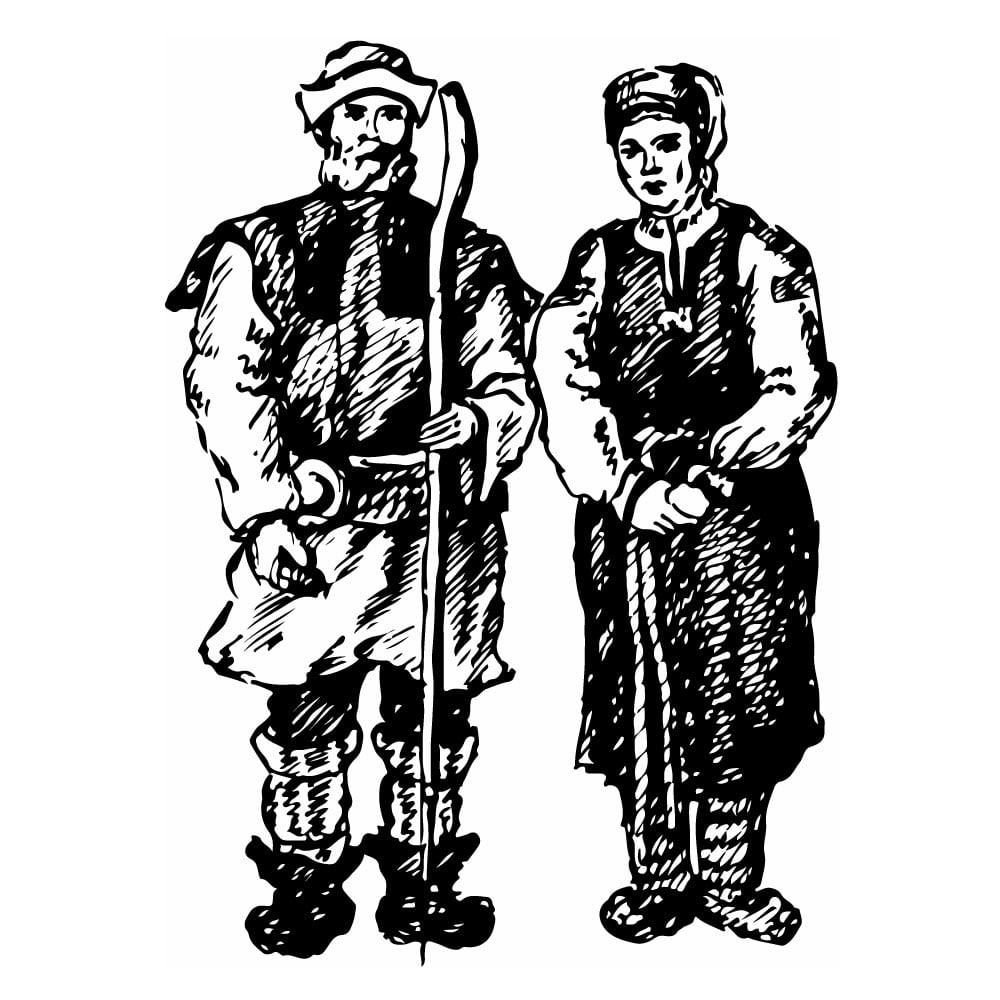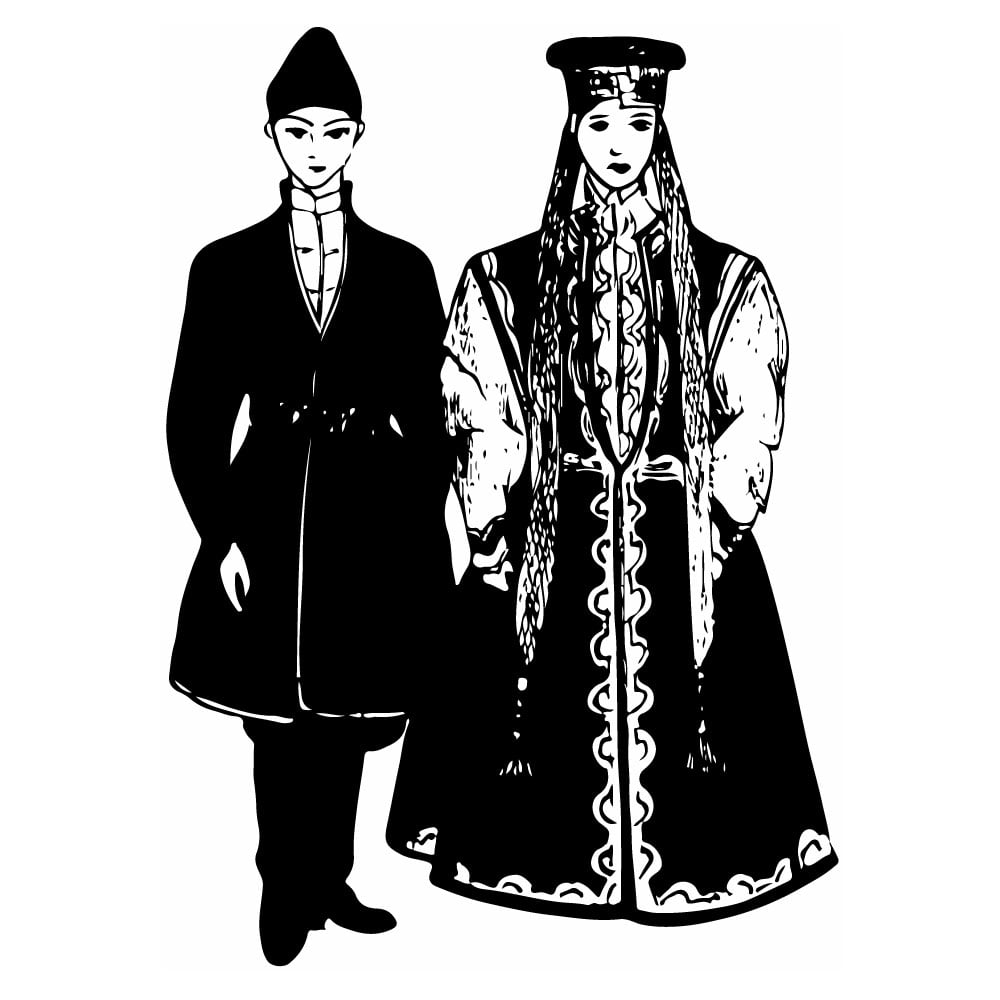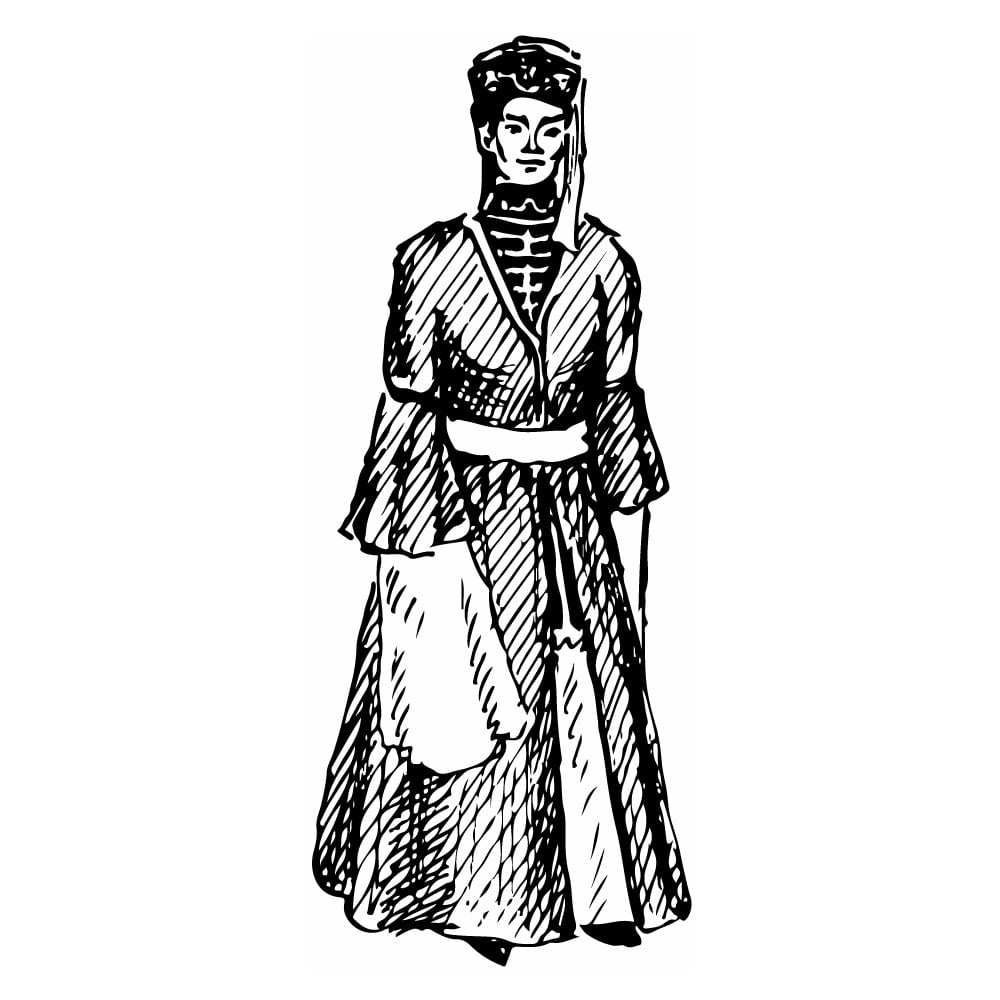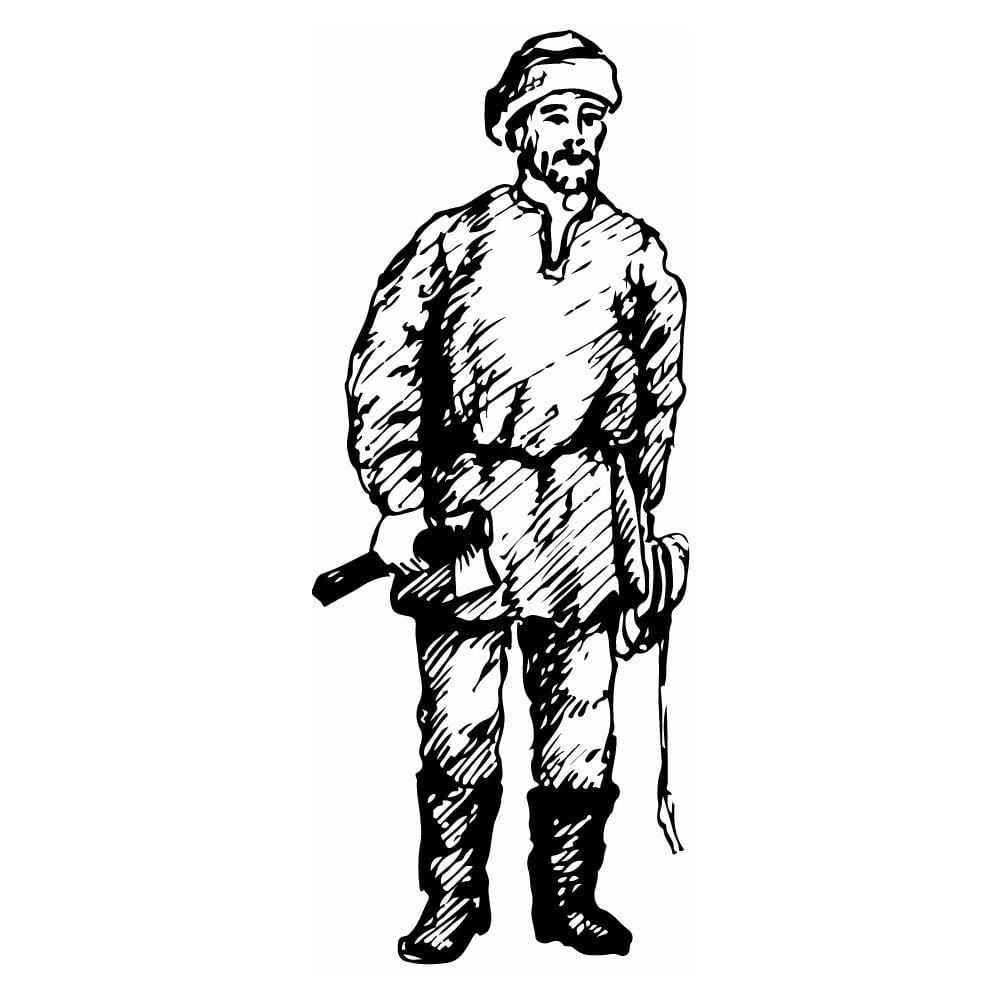Komi (Zyryan and Permyaks)
| Population | 345,000 and 152,000 respectively |
| Language group | Perm branch of the Finno-Ugrian family |
| Language | Komi-Zyryan |
| Region | Komi Republic, Tureen region, Yamalo-Nenets and Khanti-Mansi National Districts |
| Capital | Syktyvkar |
| Religion | Christianity/Old belief |
*Population estimates for 1994
The Komi is the name (the self-called one) for two akin peoples living on the same territory and having common descent: the Komi proper (in the past they were called the Zyryan) and Komi-Permyaks.
The early Komi ancestors lived in the Middle and Upper Kama River basins. The neighboring Viatka River basin was inhabited by the forefathers of the Udmurt with whom the former made up the so-called Perm language community existing as early as the first millennium BC. After its fall the Udmurt became distinguished as one group. However, the Komi and Komi-Permyak ancestors were still one people inhabiting the Kama Territories. In the second half of the first millennium AD part of them moved from the Upper Kama to the Vychegda River basin. The newcomers to these territories partially mixed with the population that lived there and made up a new tribe community. Thus, at the beginning of the second millennium AD in the Middle Vychegda River lands on one hand and in the Kama River basin on the other there were two tribe units. The first one (the ancestors of the Komi) was noted in Russian chronicles under the name of the Vychegda Permyaks, the second one (the ancestors of the Komi-Permyaks) was known as the Great Permyaks. The population of both of the tribes was called the Permyaks. In the sixteenth-eighteenth centuries the Komi developed all the Upper Vychegda and Pechora river basins.
In the sixteenth-seventeenth centuries the main traits of the Komi were formed as the result of the merging of several tribes such as the Vychegdzan, Sysolich, Vymych and others. Modern Komi has 10 dialects. The standard language developed was based on the Syktyvkar-Vychegda dialects that were placed in-between the rest of the Komi dialects.
Spoken poetry and folklore was the source of Komi literature. It consists of fairy tales, legends, lamentations, epic and lyric songs, and chastooshkas (humorous folk verses).
The Komi folk art is focused primarily on dress making and manufacturing household goods. Old motives of the Kama River people prevail in pattern weaving, embroidery and knitting. Various woven patterns formerly decorating rich female shirts, towels, tablecloths were made of white and red threads. For making knitwear and plaited girdles they used woolen threads of different colors.
Fur clothes such as jackets, footwear and mittens are manufactured in the North of Komi republic.
Traditional national Komi clothes resembled much the clothes of the Northern Russians. The main parts of lady’s dress were the shirt and sarafan. At present ladies wear modern clothes with some national items such as embroidery, multicolor pattern socks and mittens. Deer fur clothes are popular in the North.
The Komi believers are Orthodox. There also are some Old Believers.
This is Ad 1





























